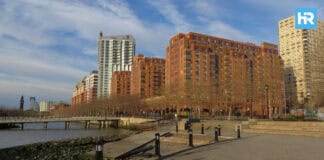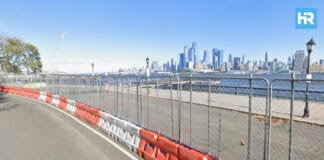Bayonne, New Jersey, has launched a public survey to collect input from residents that will guide two important city planning documents: the 2025–2029 Consolidated Plan and the 2025 Annual Action Plan. These plans determine how the city will spend federal funding from the Community Development Block Grant (CDBG) Program to meet local housing and development needs.
The survey can be filled out online at https://www.surveymonkey.com/r/F6H9F99. The deadline to participate is June 1, 2025.
- Bayonne has launched an online survey to collect public input for major city planning documents.
- The deadline to participate is June 1, 2025.
- The feedback will help decide how federal Community Development Block Grant (CDBG) funds are spent from 2025 to 2029.
What the Consolidated Plan and Action Plan Are For
The 2025–2029 Consolidated Plan is a five-year roadmap for Bayonne’s community development strategy. It helps the city identify long-term priorities, especially in areas such as affordable housing, public infrastructure, and access to services. The plan is based on both community feedback and local market data. Its goal is to make sure investments go where they are most needed.
The 2025 Annual Action Plan focuses on what Bayonne will do in the short term. It lays out the exact projects and programs the city will fund in 2025. These must support the goals identified in the larger five-year plan.
Both plans are required for Bayonne to receive federal CDBG funds. These grants are managed by the U.S. Department of Housing and Urban Development (HUD) and are given to cities to help them meet urgent community needs, especially in lower-income neighborhoods.
Why Bayonne Is Asking for Public Feedback Now
City officials want to make sure that the final plans reflect the real needs of Bayonne’s people. By collecting feedback through this survey, the city can better understand what residents think about local housing, public services, and neighborhood conditions.
The survey is open to all Bayonne residents. It asks questions about daily challenges and what improvements people would like to see. This could include better housing, safer streets, and more youth programs or senior services.






